
BMFA Windsock
This July, RIN GANG supported the annual IMechE Universities UAS Challenge Fly-Off, which was held at the British Model Flying Association HQ in rural Leicestershire.

GP holding a Tracker
Graham Purchase took the GANG TopNav GPS trackers along, for use inside the aircraft. The trackers have to be charged and initialised before use.

GPS Trackers on charge
The tracker flight data was used to give scores for Routing via the specified waypoints, Average Speed and Glide Performance. Analysis tools include Google Earth™.

Surrey flight data on Google Earth
4 of the 6 teams arrived with a partially built UAS, so construction work soon got underway.

Construction Underway
Teams were allocated a ‘pit lane’ in the hangar. This drone made it to the flight line, but when launched, it headed for the nearest bush!
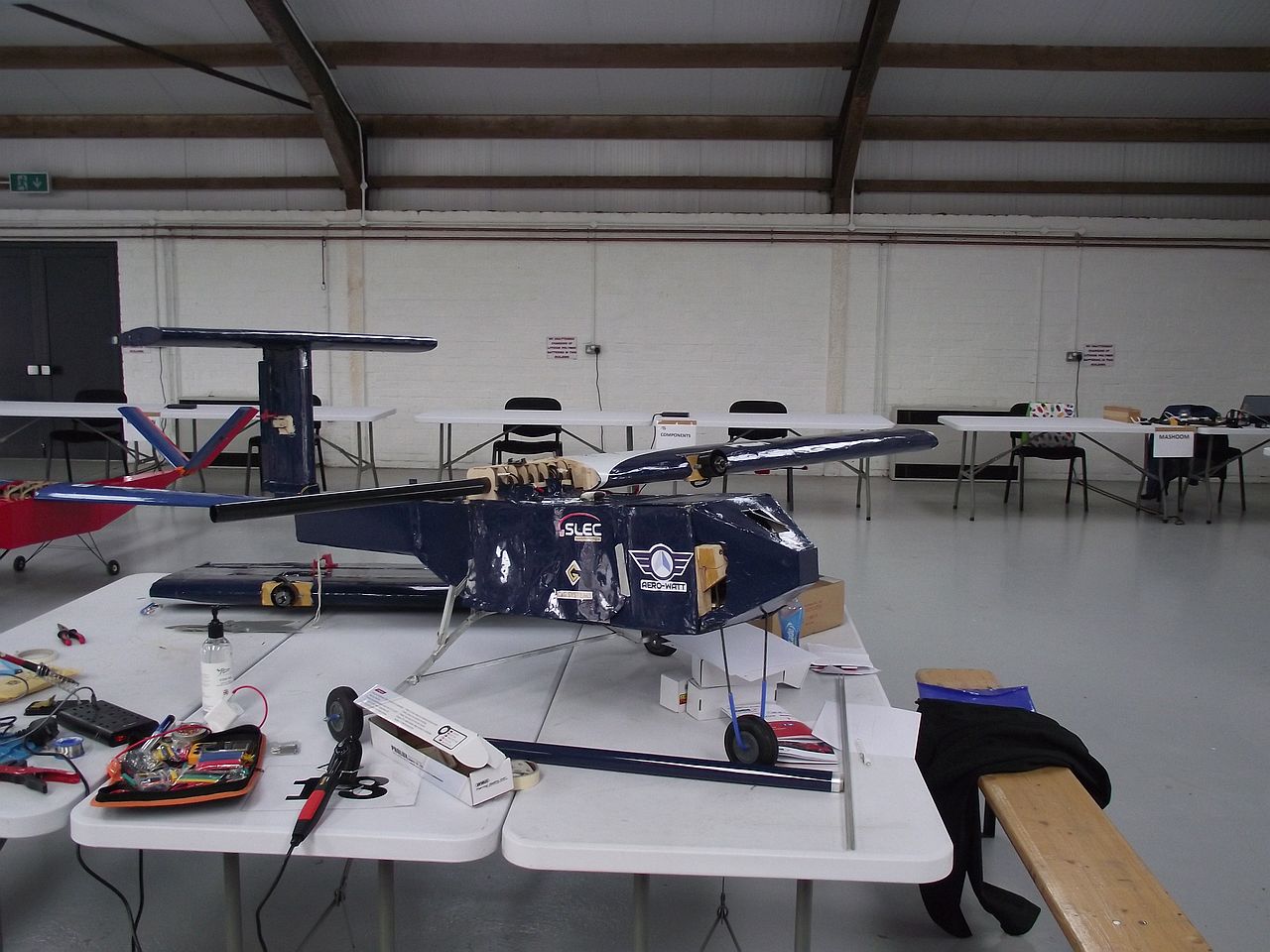
Drone in the Hangar
The transit cases are an innovation this year, which tries to emulate a real-life scenario of transporting a UAS (drone) to a remote location. The UAS would then be deployed and to locate the drop-zone and deliver some humanitarian supplies. The payload weight was also increased this time, and teams responded with larger, mostly fixed-wing designs.

Surrey UAS on Transit Case
At around 1300 on the first day, there was news of a possible flight, so everyone rushed out to the flight line.
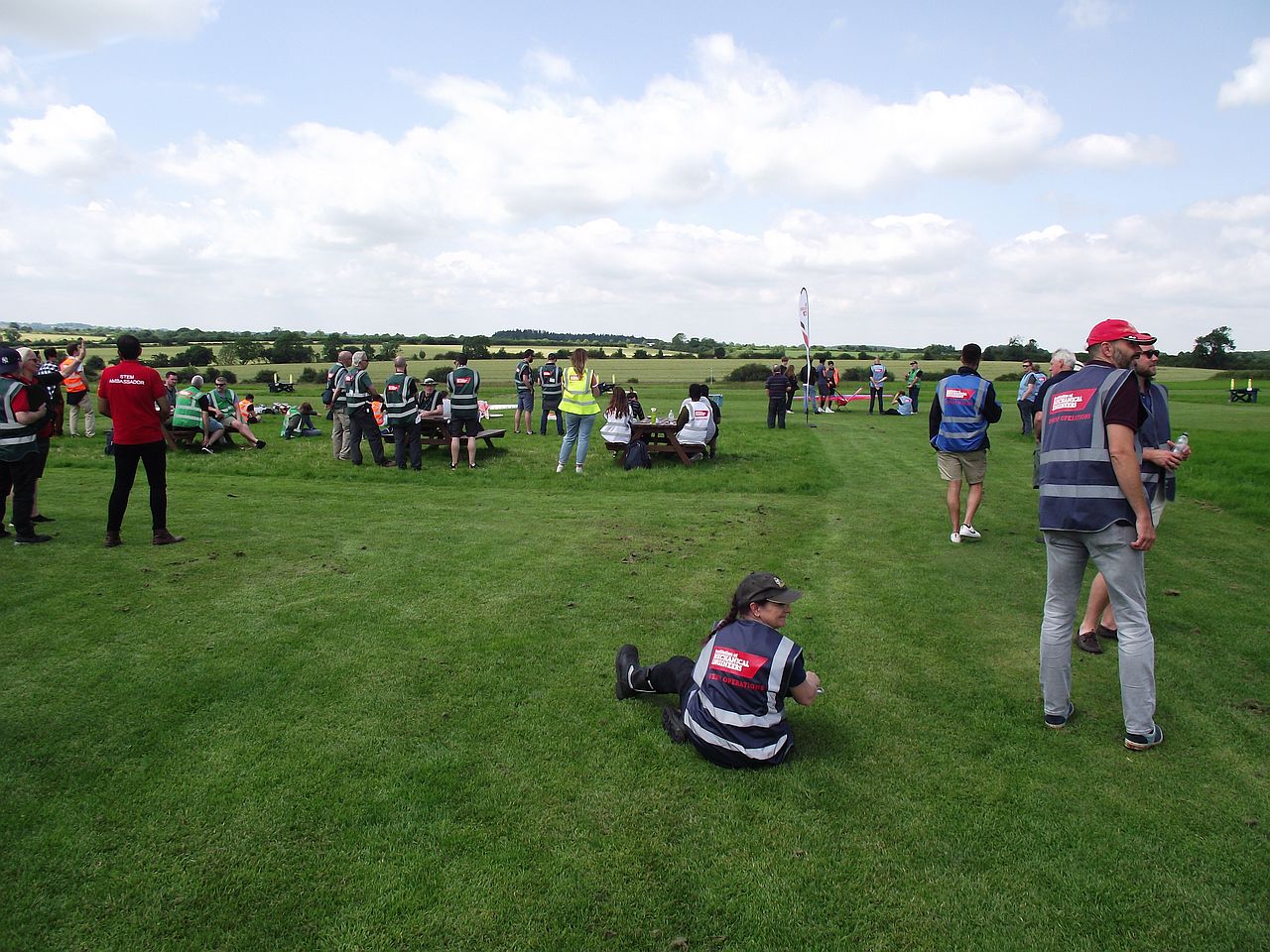
Officials Waiting Expectantly
However, it was 4 hours later that the first successful flight of the Surrey UAS actually took place! This proved to be the only successful ‘mission’ although the ‘supplies package’ failed to release.
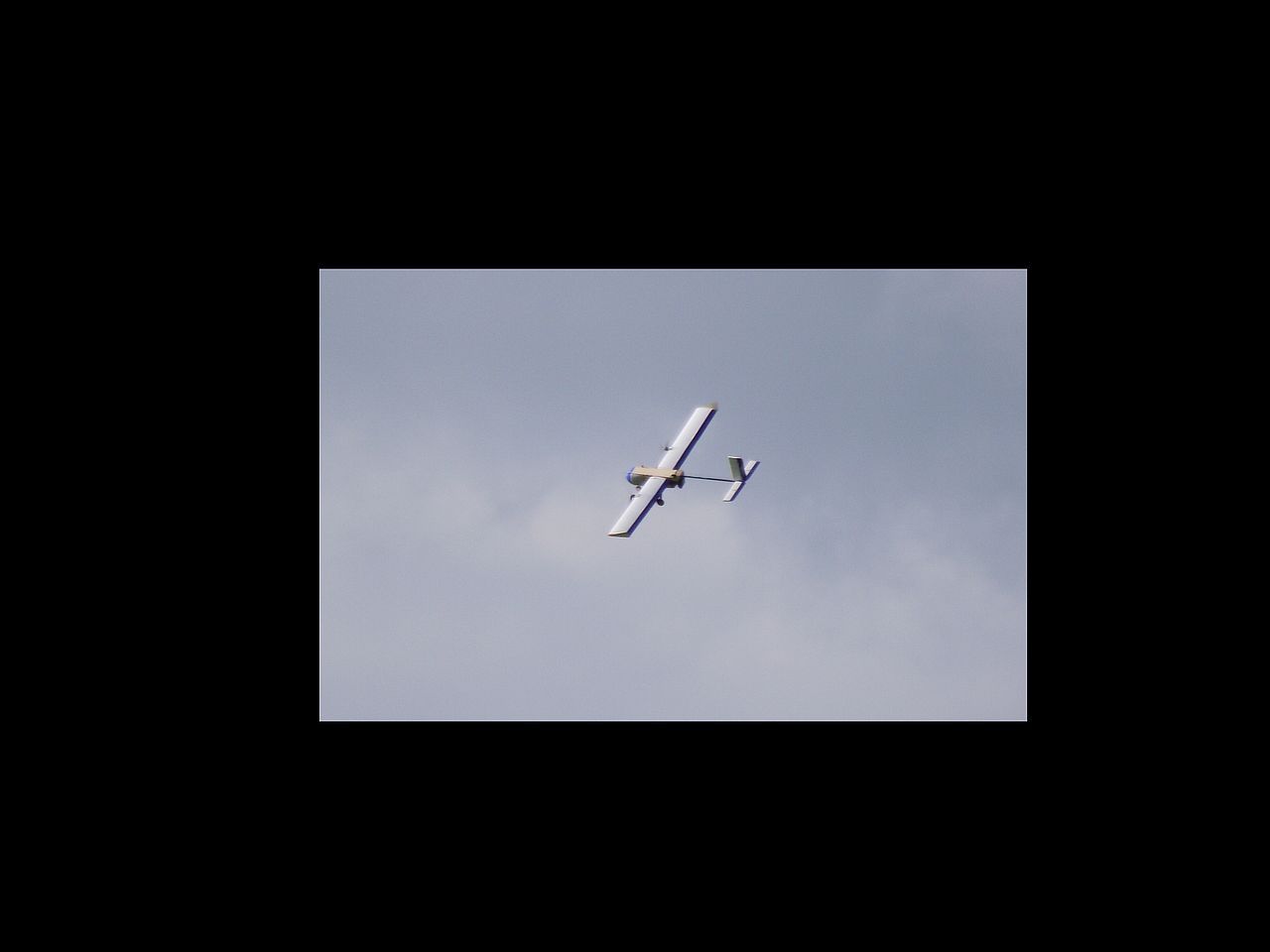
Surrey UAS Airborne (The Winner!)
The Brunel team produced the largest UAS.
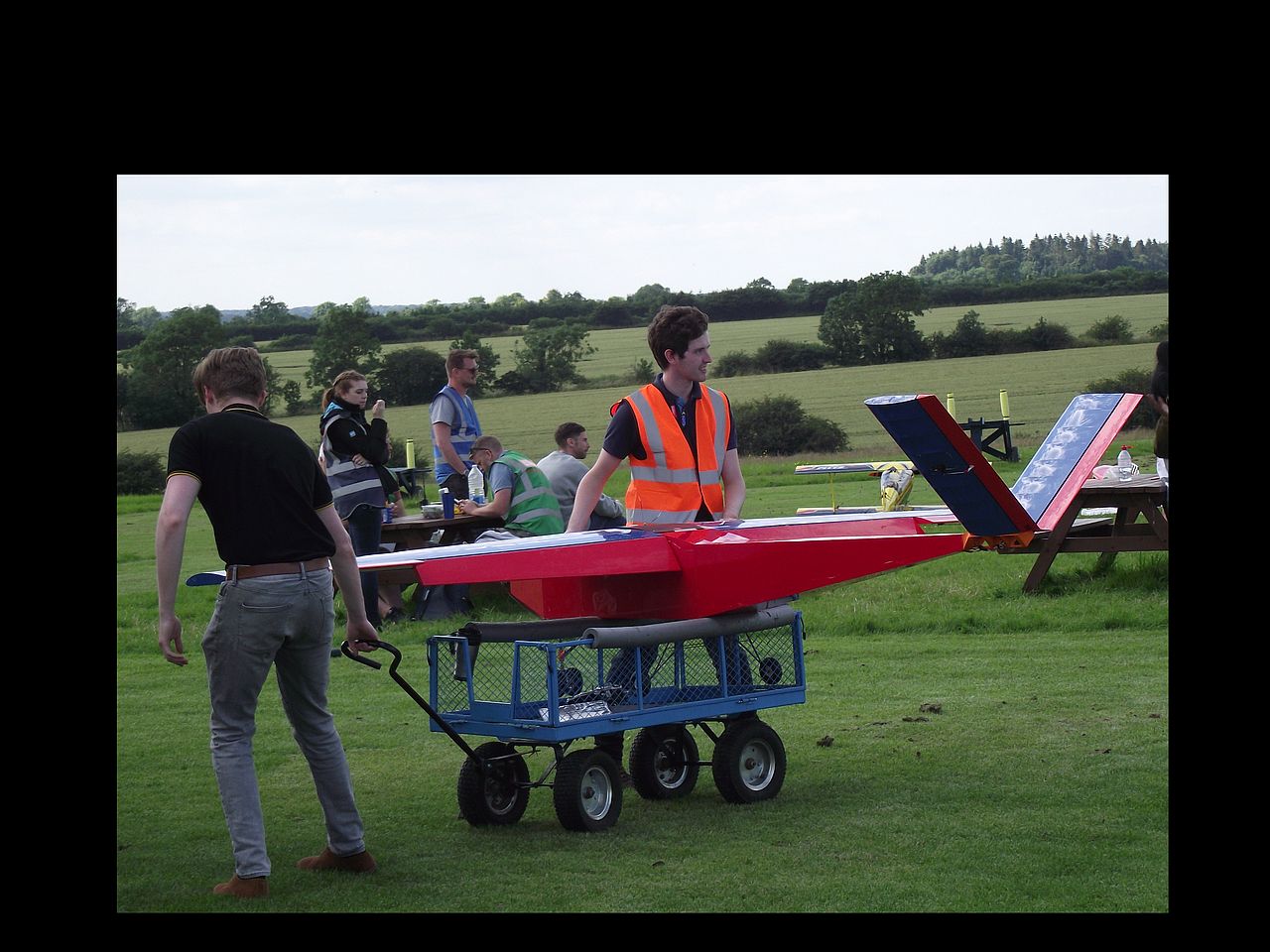
Brunel UAS on Trolley
This UAS had to be flown manually, but it scored points for its Speed and Glide Performance.
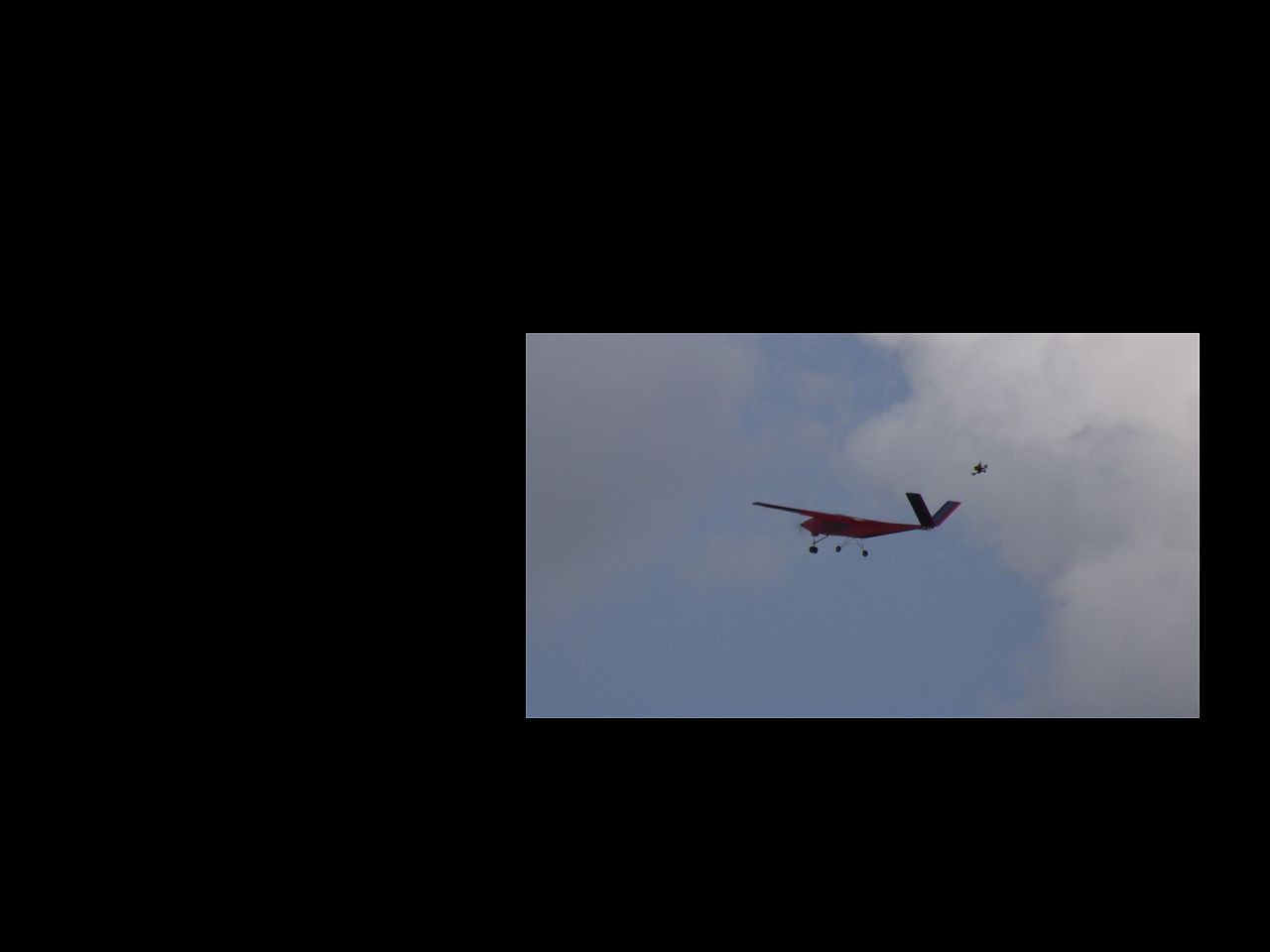
Brunel UAS airborne + ‘chase’ quadcopter
Other teams were less successful: this drone took off steeply, but immediately crashed from about 20 feet. Remarkably, it was repaired overnight, but repeated the performance a second time!
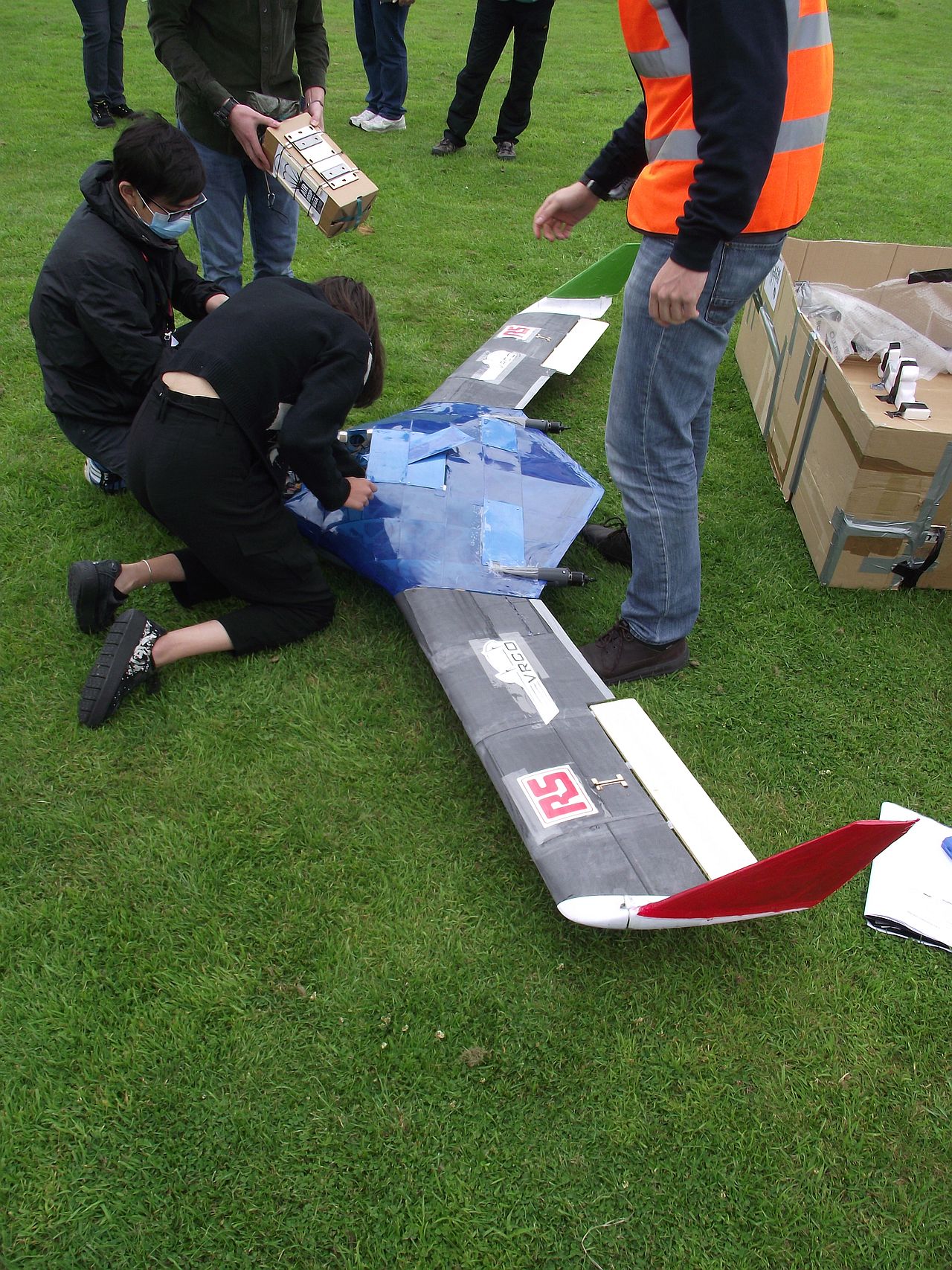
Before the Crash!
This UAS was repaired after an incident, but the wings seem to be at different angles of incidence. The second photo shows the result of a very short flight!
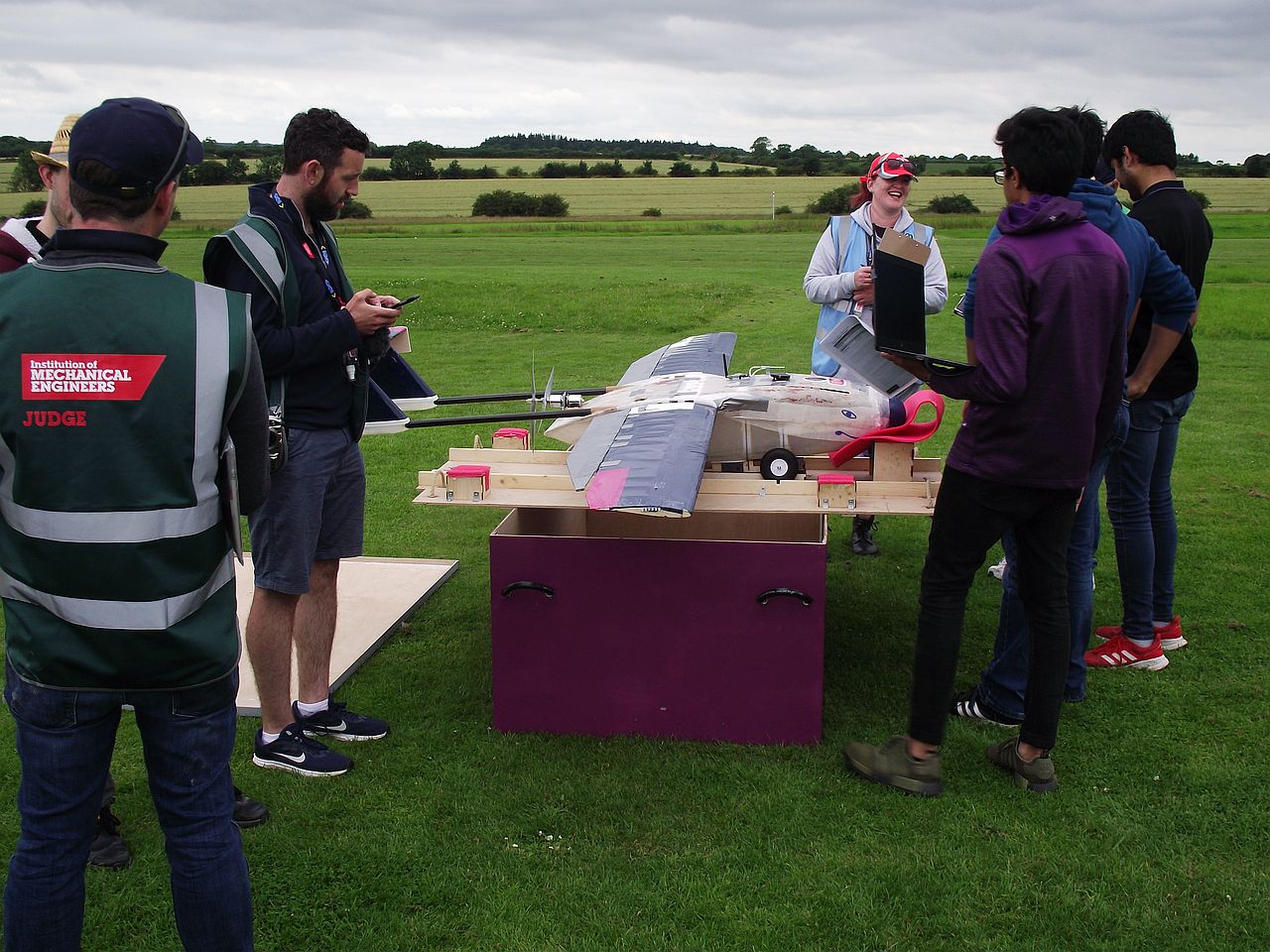
Look at the Wingtips
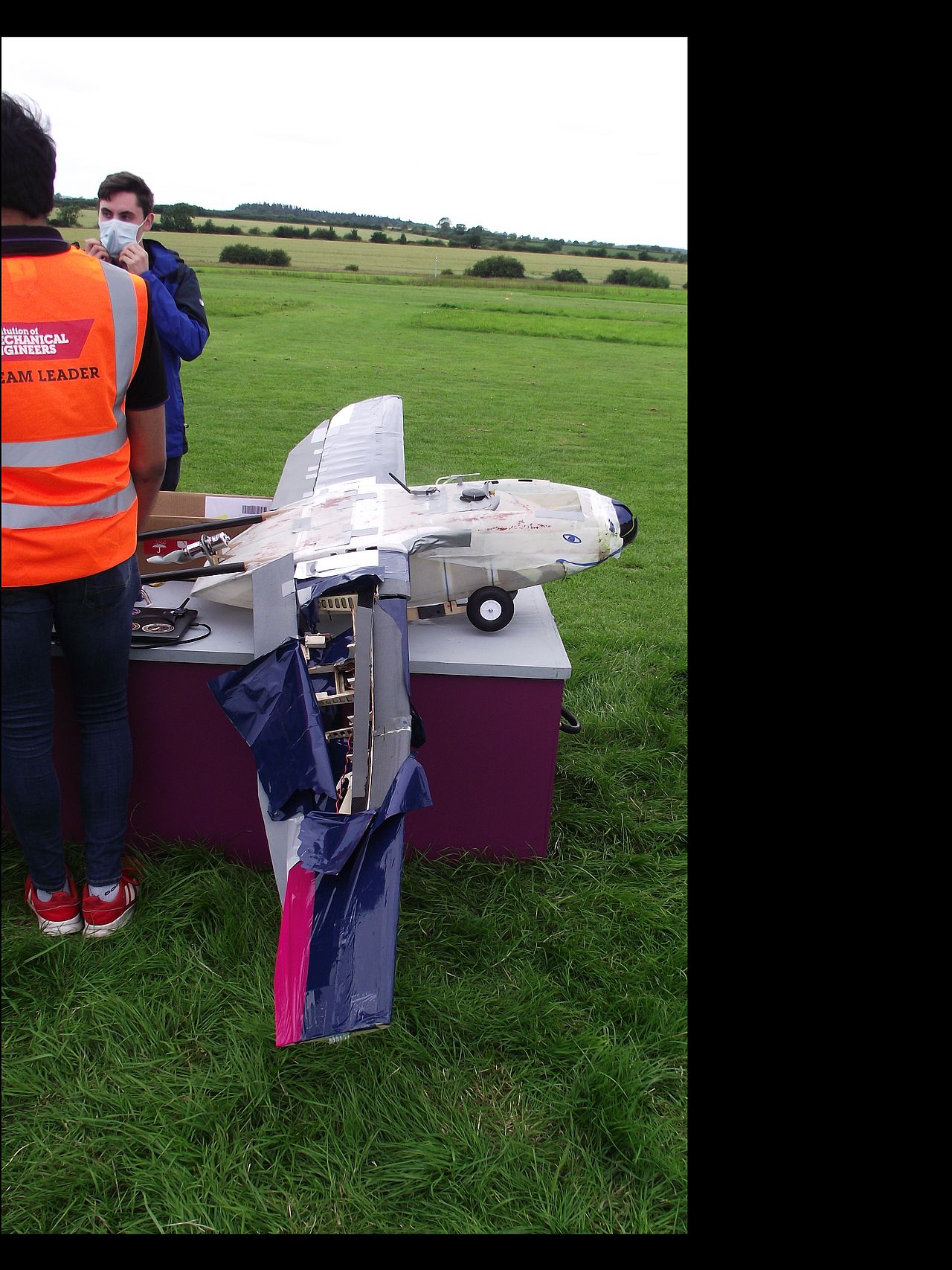
After the crash!
Another team’s UAS had a trolley undercarriage that failed to release, even after several attempts to take-off!
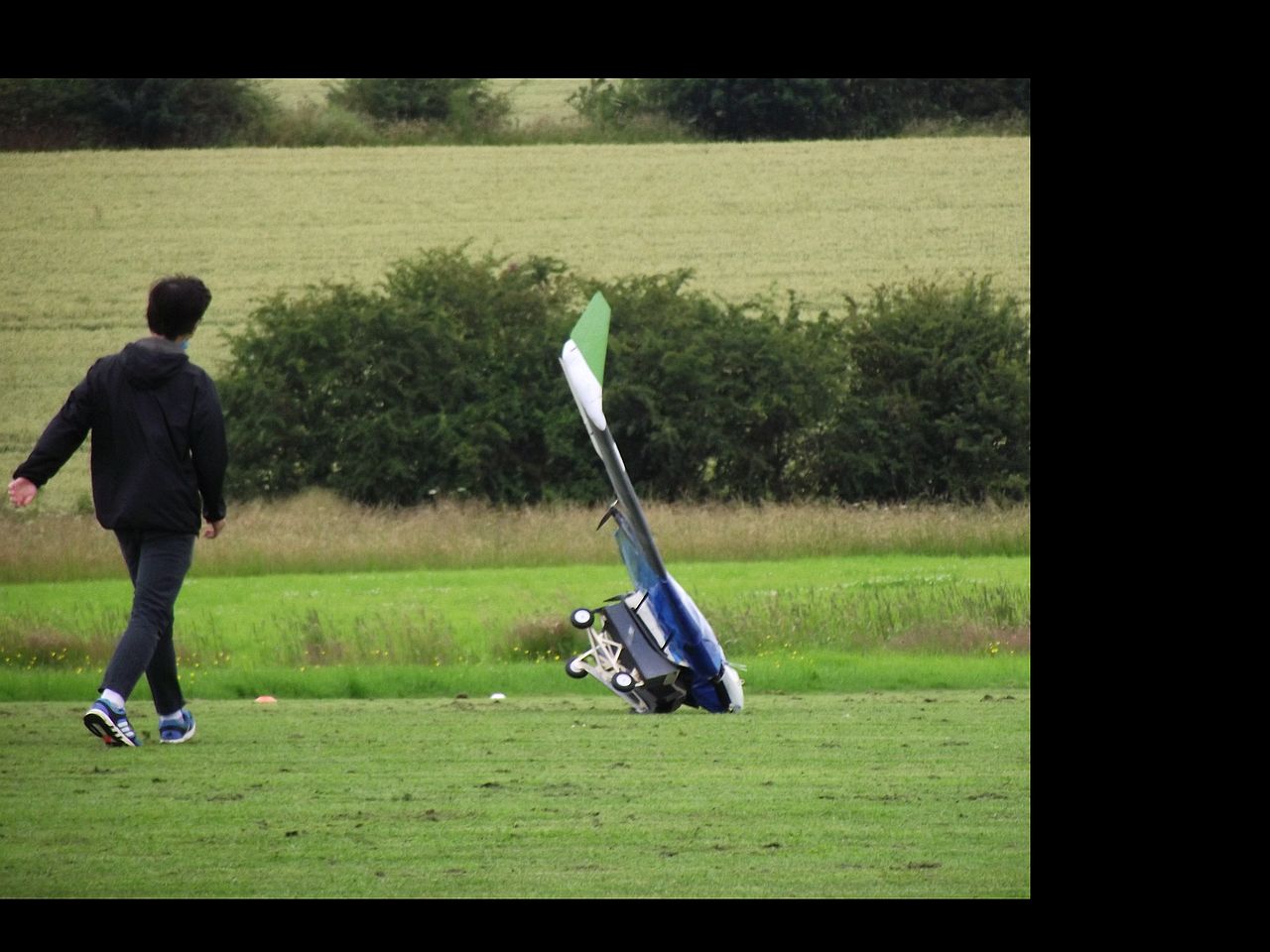
Failed Launch!
It’s not just a flying competition; there are many prizes available, eg for Design, Innovation, Safety, Business Case etc.
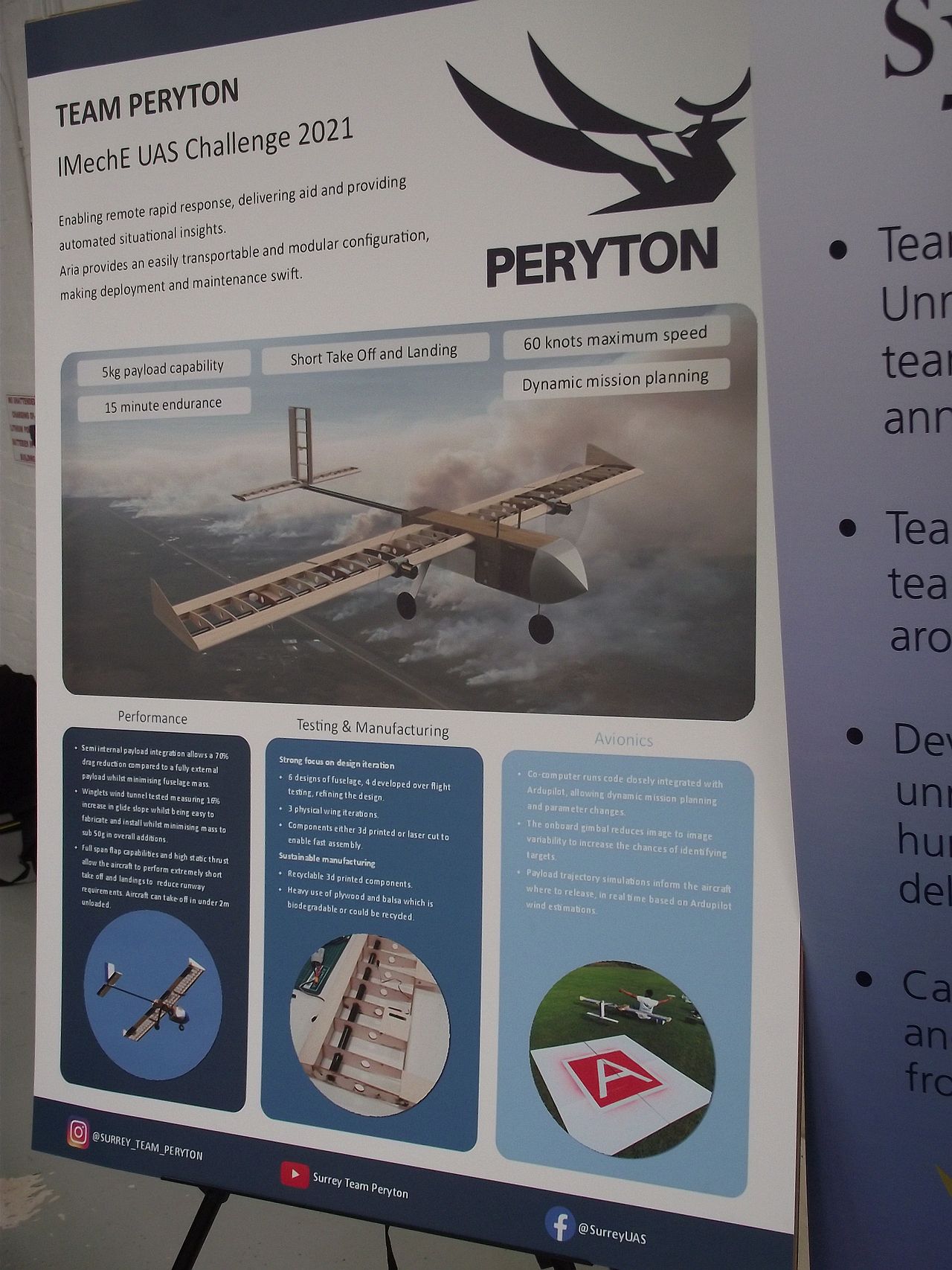
Team Peryton (Surrey University) Poster
Several VIPs from the sponsors and IMechE, plus the Mayor of Melton Mowbray attended the event on the second afternoon.
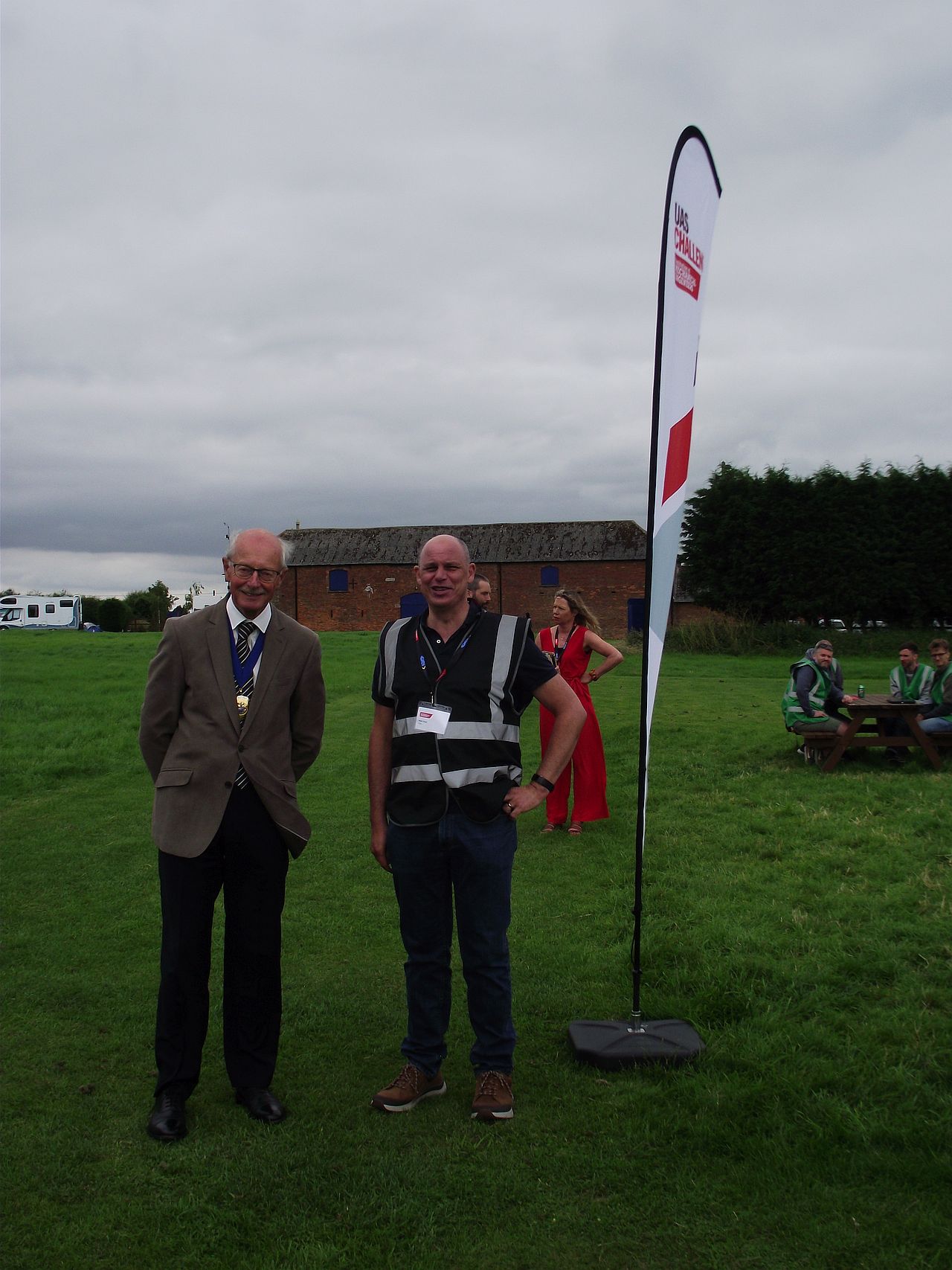
IMechE President & UASC Chairman
The Loughborough team achieved 2nd place, but won most of the trophies, including one presented by the IMechE CEO, Dr Alice Bunn.
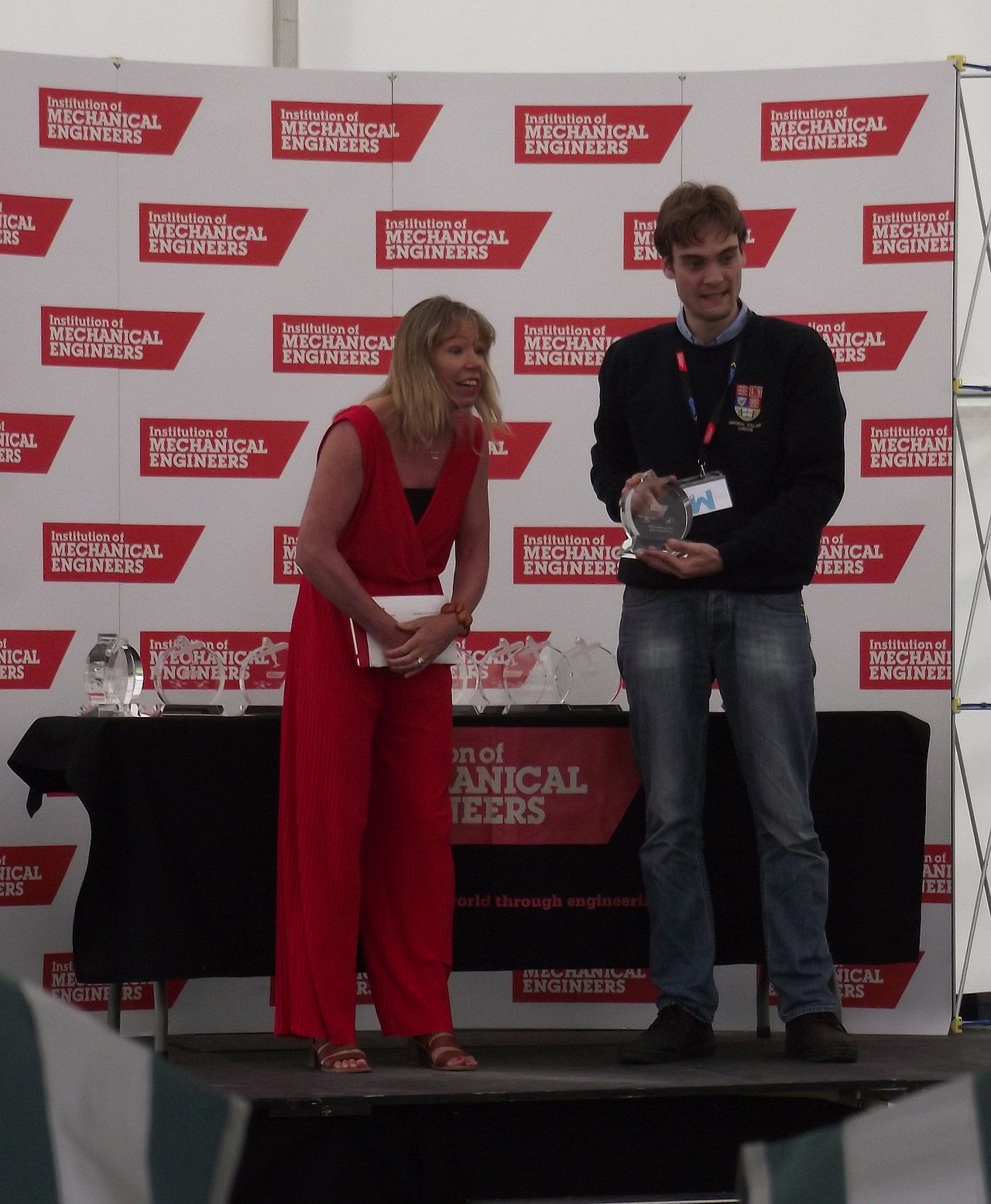
IMechE CEO - presentation to Loughborough team leader
The long-serving chief judge, Lambert Dopping-Hepenstal, also received a presentation from the UASC chairman, AVM Paul Lloyd (Also the RAF’s Chief Engineer).
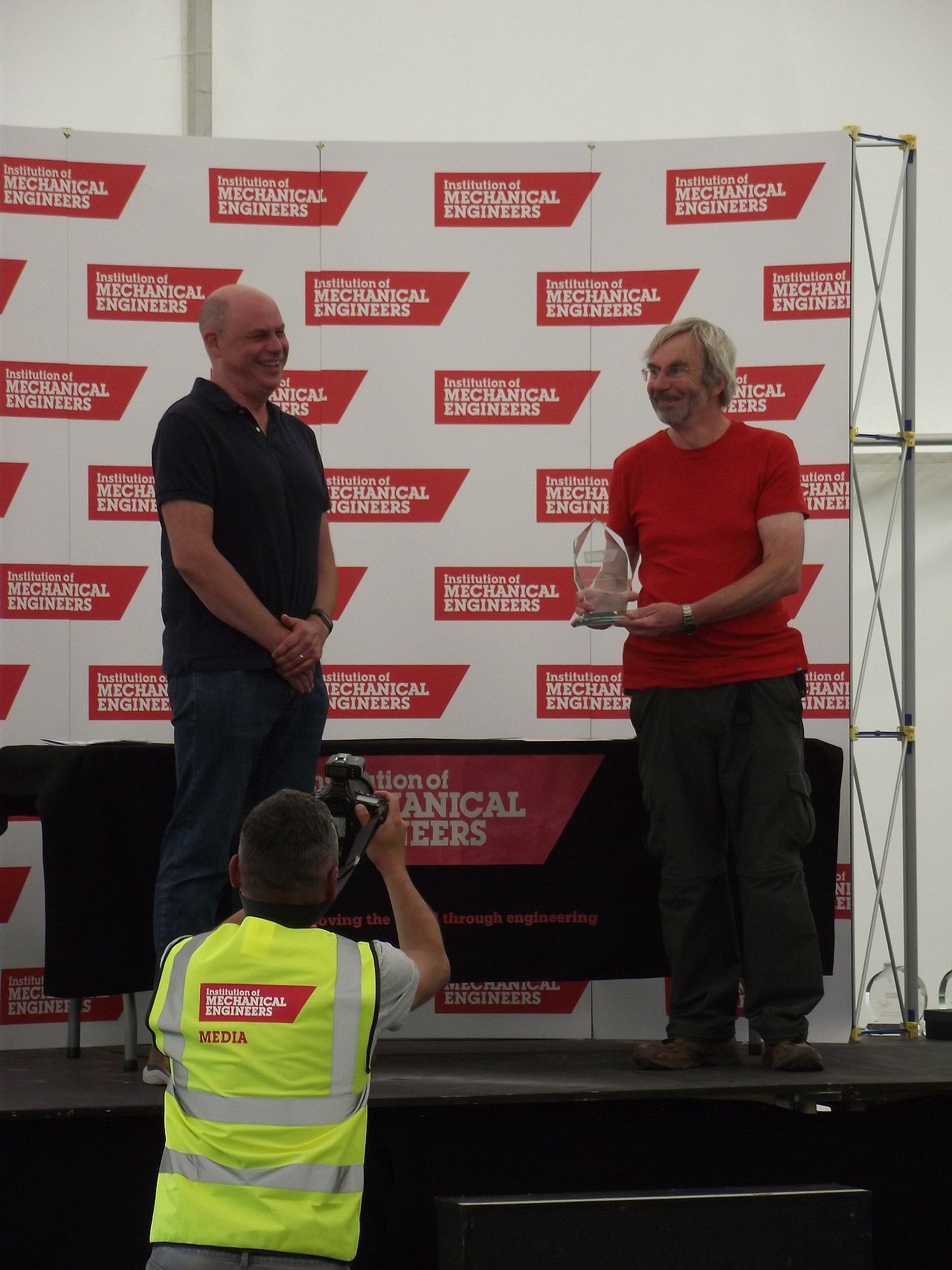
UASC Chairman - presentation to chief judge
Most of the teams that entered this year’s competition could not make it to the live event, so a parallel virtual competition was held, using a flight simulator to evaluate the various UAS designs. The winner of the Virtual Competition is Team Wrise from the Indian University of Petroleum and Energy Studies.
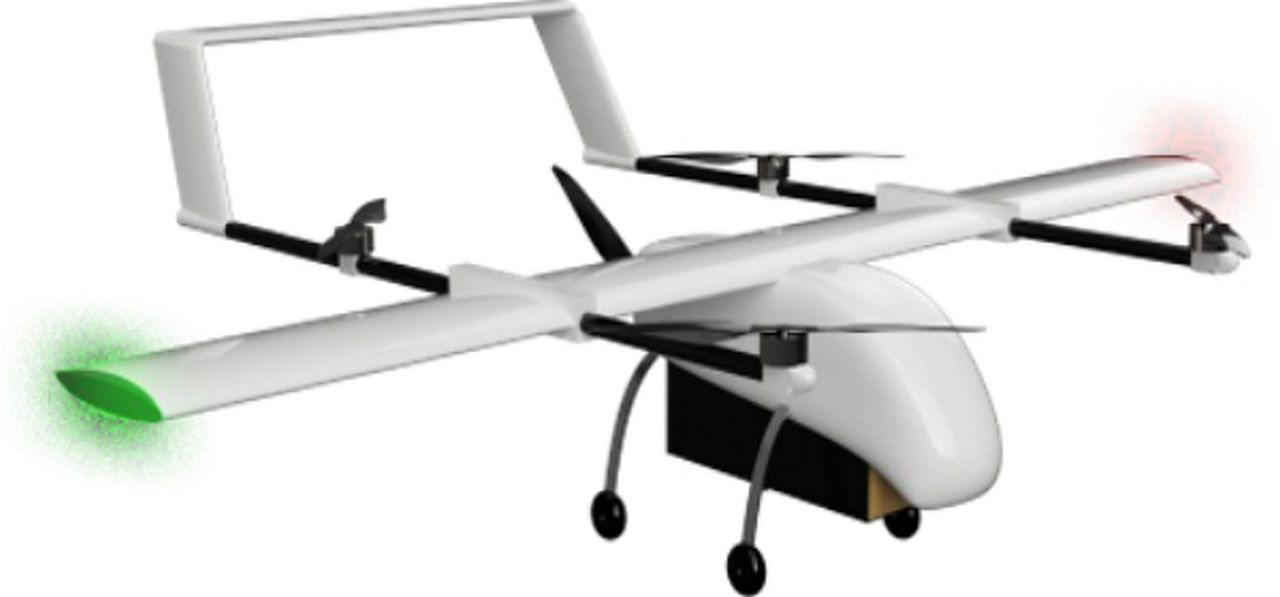
Virtual Winner’s Hybrid Design
The competition will return to Buckminster next year, and a full entry of up to 40 teams is anticipated. Here is the URL for entries to the 2022 UAS Challenge:
https://www.imeche.org/events/challenges/uas-challenge


















